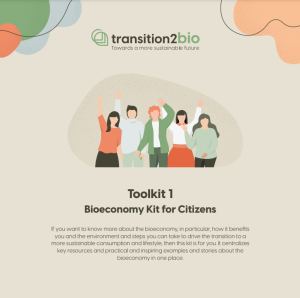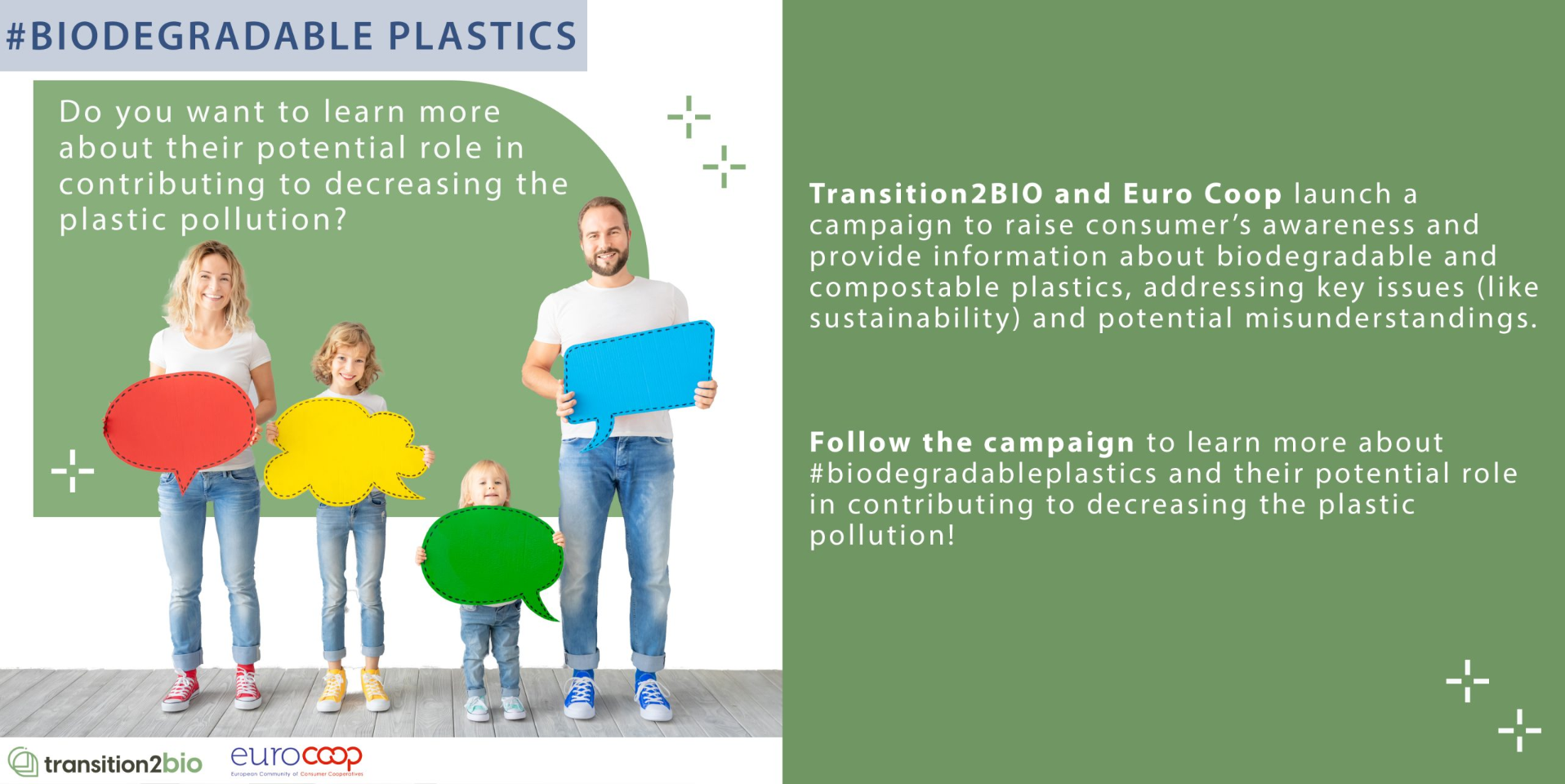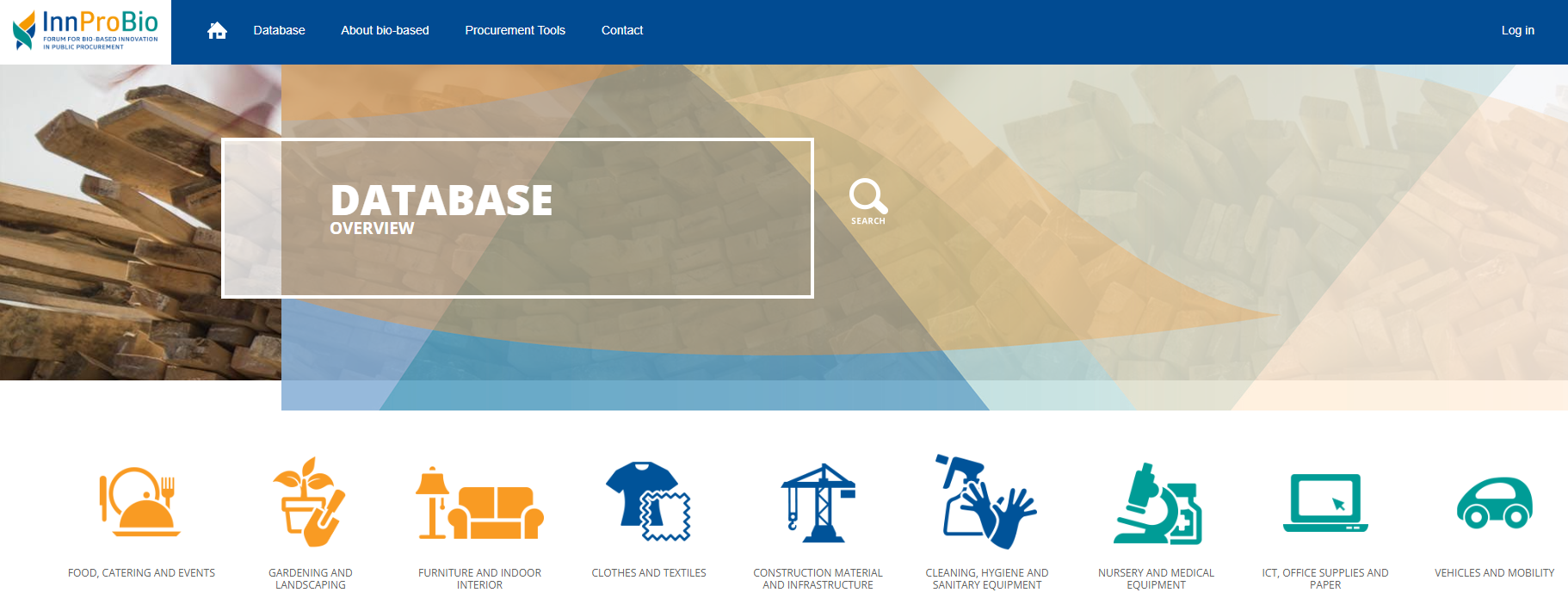According to the European Commission, “the bioeconomy covers all sectors and systems that rely on biological resources (animals, plants, micro-organisms and derived biomass, including organic waste), their functions and principles. It includes and interlinks: land and marine ecosystems and the services they provide; all primary production sectors that use and produce biological resources (agriculture, forestry, fisheries and aquaculture); and all economic and industrial sectors that use biological resources and processes to produce food, feed, bio-based products, energy and services.”
According to the United Nations Food and Agriculture Organisation (FAO), the bioeconomy is “the production, use and conservation of biological resources, including related knowledge, science, technology, and innovation to provide information, products, processes and services to all economic sectors with the aim of moving towards a sustainable economy“.
According to Transition2BIO, the bioeconomy is the economic, environmental and social answer to many global challenges – like climate change, land and ecosystem degradation, coupled with a growing population – to which all of us can contribute.
Whether you are a citizen living a sustainable lifestyle, a policy maker or running a bio-based business, all of us can take part in the bioeconomy and help tackling the recent pressing environmental challenges.
For this purpose, we developed 6 Bioeconomy Toolkits that will help you discover, communicate and teach the bioeconomy!

Bio-based products are wholly or partly derived from materials of biological origin, excluding materials embedded in geological formations and/or fossilised. They can include:

You can get an overview of many different bio-based products clustered by application area and product type on the InnProBio project Database.
You will see that the products range from furniture and construction materials, to clothes and vehicles!
You can also see the company producing the product, their country, website and contact details!

You can visit the Bioart Gallery and discover ordinary products that are produced from scraps of biological feedstock we are all familiar with!
What could we produce from orange peels? Or from organic waste? Let’s find out.